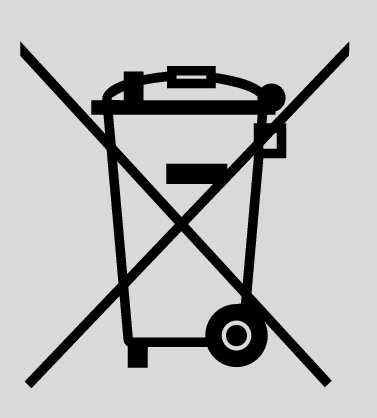In Europe, the directive 2012/19/EU of the European Parliament and of the Council of 4 July 2012 on waste electrical and electronic equipment applies. This directive has been implemented through national legislation in the EU member states.
Sustainable disposal
Closely connected to this directive on waste equipment is the substance restriction directive 2011/65/EU of 8 June 2011 on the restriction of the use of certain hazardous substances in electrical and electronic equipment (RoHS – Restriction of Hazardous Substances). According to this directive, marketed electrical and electronic equipment must not contain more than 0,1 per cent by weight of lead, mercury, cadmium, chromium VI, polybrominated biphenyls (PBB) and polybrominated diphenyl ethers (PBDE) or no more than 0,01 per cent by weight cadmium per homogenous material. The percentages by weight apply to all luminaires and lamps including electronic components. For fluorescent lamps and compact fluorescent lamps, certain exceptions regarding the amount of mercury per lamp are permissible.
The directive applies to:
luminaires for fluorescent lamps, except for household luminaires,
tubular fluorescent lamps,
compact fluorescent lamps,
discharge lamps, including high-intensity discharge sodium vapour lamps and metal halide lamps,
low-pressure sodium vapour lamps,
other luminaires or devices for the distribution or control of light.
Incandescent lamps as well as all household luminaires are exempt.

Figure 3.62: Symbol for labelling of electrical and electronic equipment with return guarantee
All electrical and electronic equipment put on the market after 13.8.2005, which includes the lighting products mentioned in the directive, must be labelled by the manufacturer regarding their return guarantee (figure).
The restriction of the use of certain hazardous substances in new equipment production serves to limit environmental as well as health impacts from the start as well as to prevent disposal issues from arising.